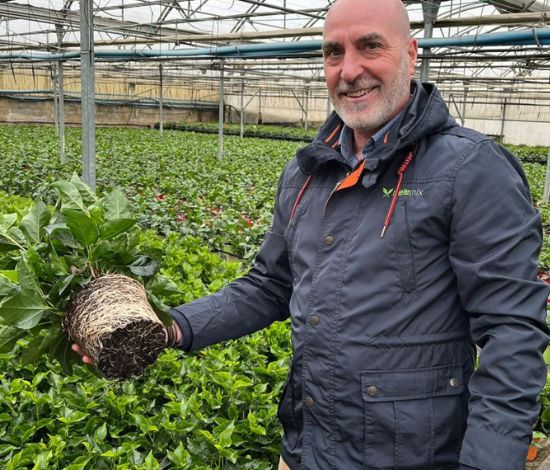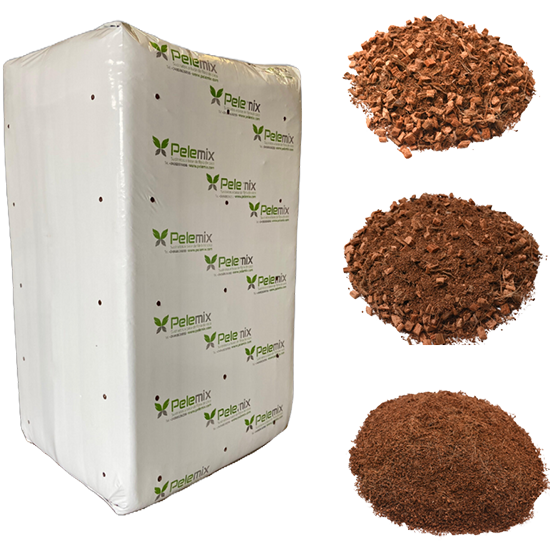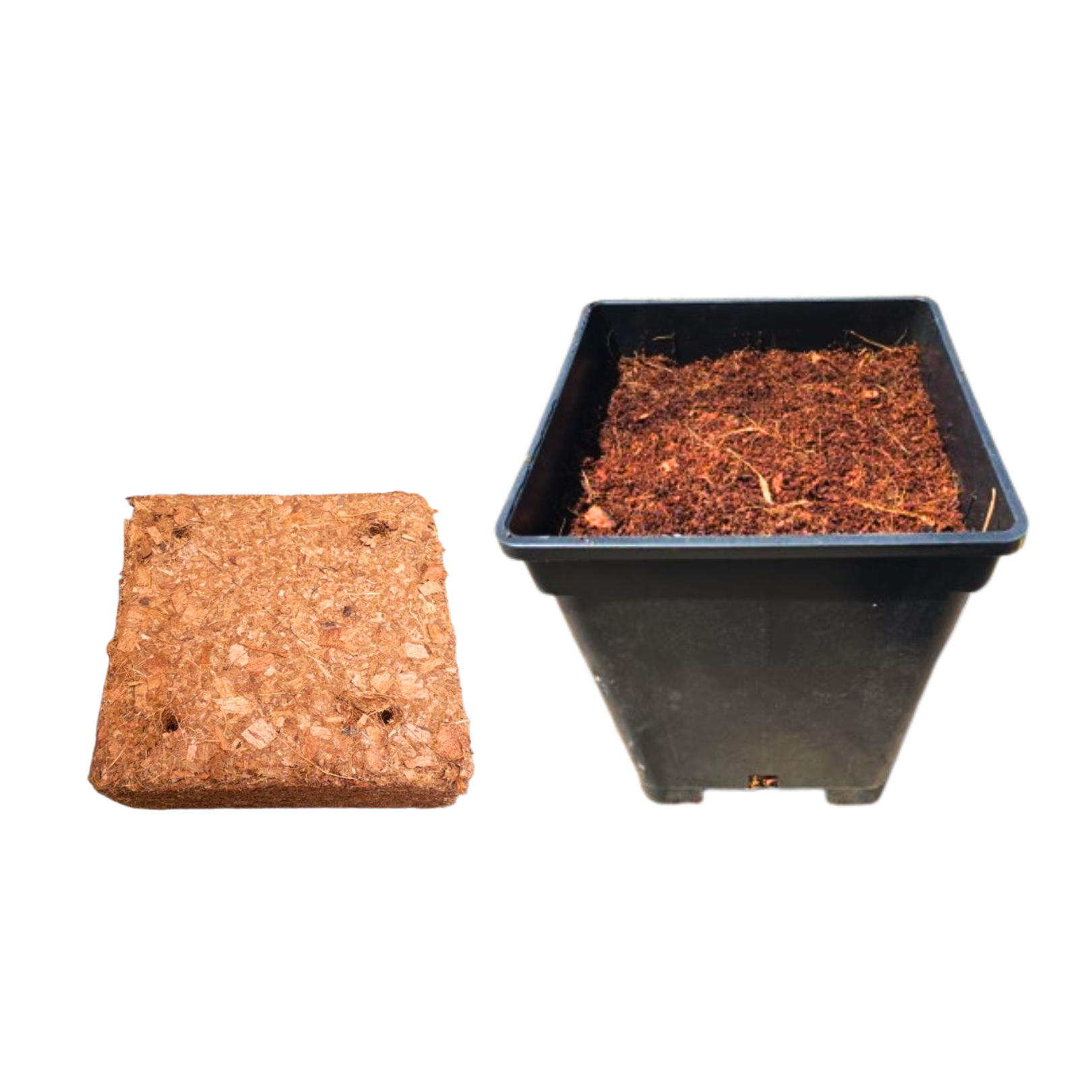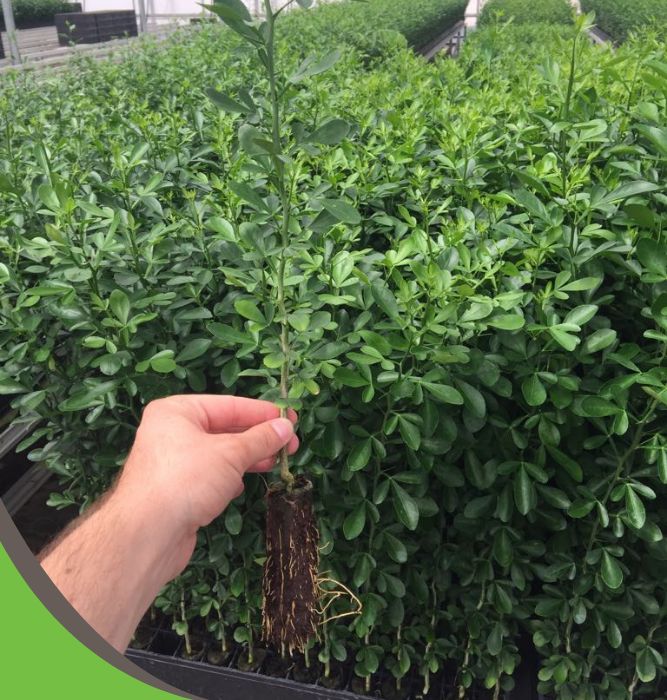Home » Flowers & Ornamentals » Ornamental Plants cultivation
Ornamental Plants Cultivation Elevate Your Ornamental Plant Cultivation with Pelemix:
Pelemix coco substrates are designed to provide the optimal growing environment for a wide range of ornamental plants, from seedlings to mature specimens.
These substrates offer excellent drainage and aeration, essential for healthy, vibrant plants.



Pelemix substrates are engineered to support the unique needs of ornamental plants, ensuring strong root development and vibrant growth.
Encourage robust root systems for better plant stability.
Optimize moisture retention for less frequent watering.
Promote healthy, lush growth for visually appealing plants.
Minimize the risk of root diseases in ornamental plants.

Boost the health and beauty of your ornamental plants with Pelemix, providing the foundation for success in every growing cycle.